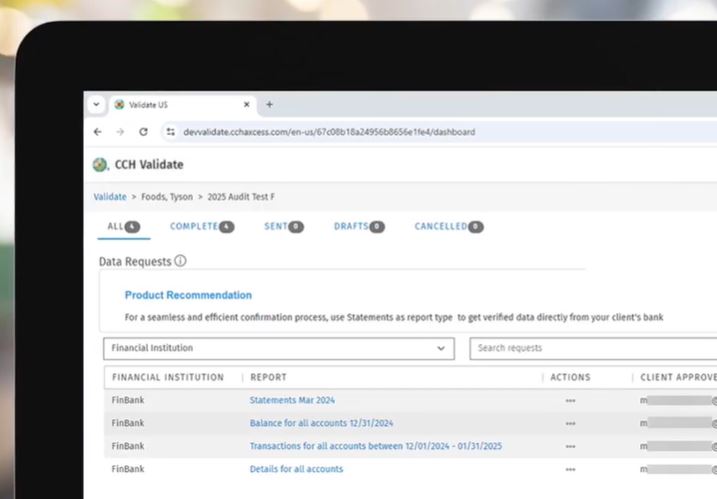It’s interesting that that hottest electric car on the market, the Tesla Roadster, touts its 288 horsepower engine. It is an oxymoron in some respects when you think of the imagery. The thing is that you don’t think of 288 horses. Rather, you think of speed. So why is this unit of measurement from 1702 promoted by James Watt, the inventor of the steam engine, still used 308 years later? It is because we humans have a hard time adapting and letting go. It is because no matter how hard we try to look forward, we can’t help but look in the rearview mirror for comparison purposes.
One of the things we all hold on to is the technology we’re accustomed to using. Whether it’s the horses doing the work for us or our level of comfort with our metal filing cabinet and filing system, we have a tendency to resist change. As accountants, you are in a unique position to advise your clients and sometimes maintain their systems and processes. You are in the position of looking forward, not just for your own business but also for your clients. That means you have to take extra care and caution when implementing new technologies or processes.
Although some might disagree, my experience through the years is that accountants have generally been early adopters of technology. I only have to look at the family businesses to see that accountants drove the adoption of punch cards, tax automation and payroll outsourcing (before ADP and PayChex). Accountants have consistently been the folks that understand the efficiency gains that technology brings. As a service provider with lots of clients, you have insight to what technologies work long before the market at large does.
That being said, there has also been a sense of caution in implementing new tools. The best example I can think of is the move from DOS to Windows. While most businesses moved in the early ’90s, it was the late ’90s before many accountants made the move. Part of the reason is that Windows didn’t necessarily drive efficiency gains. In fact, I know there were many things that I could do faster in a DOS environment than with the graphical user interface (GUI) of Windows. However, Windows’ GUI simplified things for staff and clients, and so accountants eventually made the switch.
So where are the efficiency gains of today? What are the things you are holding onto that could change your business and your customers’ businesses. I think the biggest area is in changing our viewpoint from a transactional orientation to a process orientation.
Accounting software by nature is transaction based; it is all about recording transactions and reporting on transactions. Tax software is all about reporting transactions in the right buckets. Transaction views fail to provide the overview and the planning we all need. In fact, by nature, transaction views are after the fact.
Process views require that you think before the fact and allow you to add more value to the customer relationship. Process views require that you leverage your expertise and knowledge across all of your clients into each situation. Taking a process view makes you more valuable and, in my opinion, is more fun.
Unfortunately, over the last 30 years, software led accountants to be more transaction-oriented. But the Web has finally started to change that viewpoint. One of the things that got me excited about starting PayCycle and Bill.com was the opportunity to reintroduce the process view to accountants once again.
Payroll is clearly a process that other companies had commoditized away from the accounting profession. Specifically, ADP and PayChex recruited accountants to resale their products. And for the most part, this took accountants out of the process and removed an opportunity to add value to the client relationship. At PayCycle, we used the Web to simplify the process so you could manage your clients’ payroll. We had tens of thousands of accounting firms and some with well over 100 clients using our service. I hear from accountants all the time about how they appreciate and enjoy getting back into the process of helping their clients in this area again.
There are lots of processes out there to automate from payables to receivables to document collection to workflow collaboration. Taking a look at how your clients work will give you a lot more opportunities in which to advise. As you begin to explore additional areas of client service, I suggest that you leverage others who are already singing this tune. For example, many of the other columnists in this magazine either have their practice or advise firms on how to extend their value. Folks like Darren Root, Doug Sleeter, Randy Johnson and several of the magazine’s other contributors hold seminars and speak at conferences. Their whole focus is on helping you stay competitive while enjoying what you do. It’s the whole idea of community learning.
Technology is constantly in flux, and if we aren’t careful or if we’re slow to adopt, we will miss important opportunities. Accountants have been the change agent driving systems migration for years — from ledger books to data processing and from DOS to Windows and now the Web. As you let go of the past and move your focus to be more process orientated, I think you’ll find that “a good horse makes short miles.”
Thanks for reading CPA Practice Advisor!
Subscribe Already registered? Log In
Need more information? Read the FAQs


![Chatbots[1]](https://www.cpapracticeadvisor.com/wp-content/uploads/2020/05/Chatbots_1_.5e94abc21889c.png)
